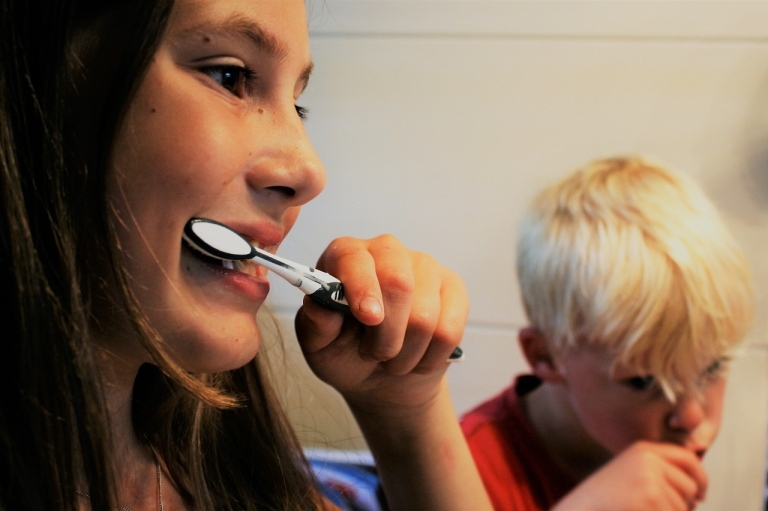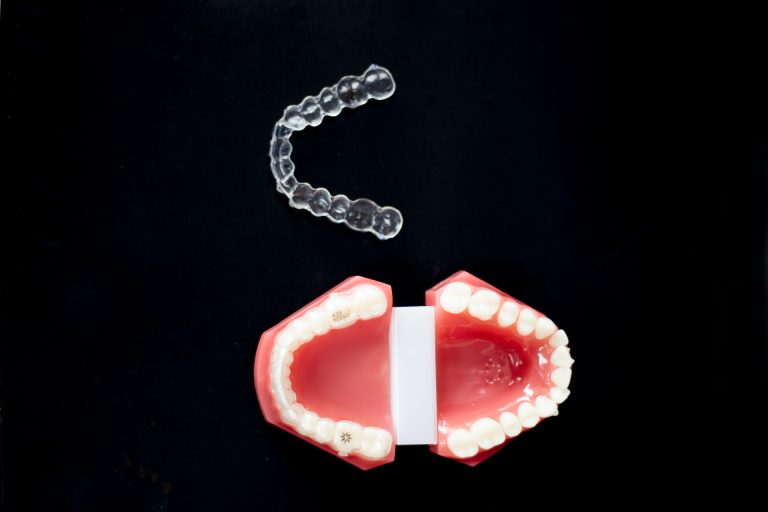Composite bonding and edge bonding are two incredibly common dental treatments used to address numerous dental issues and improve the appearance of your teeth.
These treatments are important in cosmetic dentistry because they help to heal damaged teeth, fix flaws, straighten teeth, improve tooth colour, and improve smiles. While both composite bonding and edge bonding entail bonding materials to teeth, their applications, procedures, and outcomes differ. In this blog, we will compare and contrast teeth composite bonding and teeth edge bonding, providing light on their various traits and contrasts.
What is Composite Bonding
Imagine a sculptor’s clay for your teeth! Composite bonding is just that – a versatile cosmetic dentistry technique that uses tooth-coloured resin to reshape, lengthen, close gaps, and even conceal discolourations. Think chipped front teeth, awkward gaps, or slightly misaligned bites – composite bonding can tackle them all, crafting a natural-looking and confident smile. Dental practices like https://devonshiredentalcare.co.uk/ offer this quick and relatively painless procedure. Composite bonding offers a budget-friendly option compared to other cosmetic dental solutions, though its durability requires good oral hygiene. If you’re seeking a subtle artistic touch for your smile, composite bonding might be the perfect sculpting tool for you!
What is Composite Edging
Composite edging, often called composite edge bonding, works its magic on the peripheries of your smile aesthetics. Think of it as a delicate brushstroke, subtly refining chipped edges, elongating short teeth, or evening out an uneven gum line. Unlike its sculpting cousin, composite bonding, edge bonding uses minimal material, focusing on the outer millimetre or two of your teeth. This translates to less noticeable alterations but also boasts greater durability. Remember those pesky chipped front teeth or slightly pointy canines? Edge bonding can smooth them out, leaving behind a naturally refined and radiant smile. So, if you’re seeking a subtle enhancement rather than a full-blown transformation, edge bonding might be the perfect finishing touch for your smile.
Composite Bonding vs Composite Edging
Composite Bonding:
Definition: Composite bonding is a cosmetic dental procedure involving the application of a tooth-colored composite resin onto the surface of teeth to correct imperfections or enhance their appearance.
Purpose: It’s primarily used to repair chips, cracks, gaps, or discoloration on teeth. Additionally, it’s employed for aesthetic improvements, altering the shape, size, or color of teeth for a more appealing look.
Procedure: Composite bonding is an additive process where the composite material is meticulously shaped and bonded onto the tooth’s surface. This technique allows for natural-looking results that blend seamlessly with the existing teeth.
Benefits: This procedure is versatile and can address multiple cosmetic issues in a single session. It’s a conservative approach, requiring minimal removal of enamel, making it relatively cost-effective compared to other alternatives like veneers or crowns. When skillfully applied, it provides aesthetically pleasing and natural results.
Composite Edging:
Definition: Composite edging, also known as enameloplasty or enamel shaping, involves reshaping and refining the natural enamel of teeth by removing small amounts of enamel.
Purpose: It focuses on contouring tooth edges, refining surfaces, or making minor adjustments to improve symmetry and the overall appearance of teeth.
Procedure: Unlike bonding, composite edging is a subtractive process where specialized tools are used to carefully sculpt and reshape the enamel by removing small amounts of enamel. This technique aims to enhance the natural appearance of teeth without adding any materials.
Benefits: This procedure is minimally invasive, preserving the natural structure of teeth while improving their aesthetics. It’s a quick procedure that can often be completed in a single visit, without the need for numbing or extensive dental work. Composite edging offers immediate results, refining tooth contours and edges for a more harmonious smile.
Key Differences:
- Material Handling: Bonding adds composite material to teeth, while edging reshapes existing enamel by removal.
- Purpose: Bonding primarily addresses imperfections, while edging focuses on reshaping the natural tooth structure.
- Procedure Type: Bonding is an additive process, while edging is a subtractive process that reshapes existing enamel.
Both composite bonding and edging offer powerful tools for boosting confidence and smile radiance. However, understanding their individual strengths and limitations is crucial for making an informed decision. Consulting a qualified dentist is vital to determine the optimal solution for your specific needs and aesthetic goals. They can guide you towards the perfect sculpting or touch-up for your smile, leaving you with a confident grin that shines bright!
Contact A Reputable Dentist To Know More About Composite Edge Bonding and Composite Bonding
When you need more information regarding this and still can’t decide which orthodontic treatment suits your preference and situation, book an appointment with Southside Dental Care. Southside Dental Care is a reputable team of dentists in Glasgow that can surely satisfy your dental treatment plans, cosmetic treatments and more. It’s a guarantee that everyone in Glasgow would highly recommend this dental practice as the team puts you at ease and every patient is treated with care.
Got dental problems? Want to achieve beautiful teeth? Looking for teeth straightening plans? Southside Dental Care is the answer to all your dental questions! Call us today at 07743 020777.





